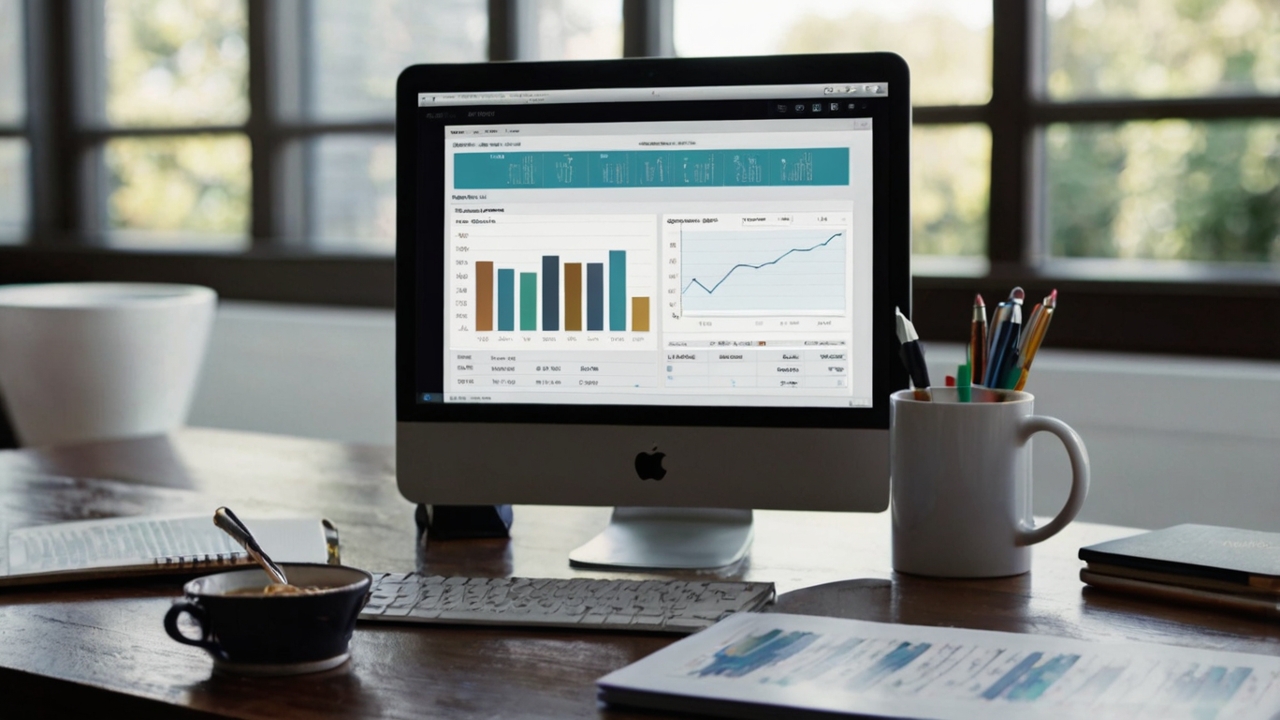You’ve probably heard the term “sales funnel” before — but what does it actually mean? And more importantly, how can you use it to increase leads, improve conversions, and grow your business sustainably?
The concept of a sales funnel isn’t just marketing jargon. It’s a strategic framework that helps you guide potential customers from the moment they discover your brand to the point where they buy — and beyond.
In this article, you’ll learn exactly what a sales funnel is, how it works, and how to apply it step by step, even if you’re new to online marketing.
What Is a Sales Funnel?
A sales funnel is a visual representation of your customer’s journey, from first contact to final purchase.
Imagine a funnel:
- At the top, it’s wide — where many people become aware of your business.
- In the middle, fewer stay interested and consider buying.
- At the bottom, a smaller group actually buys.
Each stage of the funnel reflects a specific phase in decision-making. Your job as a business owner is to guide people smoothly through those stages.
The 4 Key Stages of a Sales Funnel
Most funnels can be broken into four main stages — often called AIDA:
1. Awareness
Your prospect discovers your brand for the first time.
Examples:
- A social media post
- A blog article they found on Google
- A friend’s referral
- A paid ad on Instagram
Your goal here is simple: grab attention and introduce what you offer.
2. Interest
They want to learn more about what you do — but aren’t ready to buy yet.
Examples:
- They follow you on Instagram
- They sign up for your newsletter
- They watch a free webinar
- They download a free guide
This is where you provide value and build trust.
3. Desire
They’re seriously considering a purchase. They understand the problem you solve and are evaluating your offer.
Examples:
- They visit your product page
- They compare your pricing
- They ask questions or read testimonials
Here, you need to focus on persuasion — showing the benefits, social proof, and urgency.
4. Action
They take the step — buying, booking, subscribing, or signing a contract.
Examples:
- Purchasing your product
- Booking a call or demo
- Subscribing to a paid plan
This is the moment you convert a lead into a paying customer.
But the funnel doesn’t end here — smart businesses continue to nurture for repeat sales, referrals, and loyalty.
Why the Sales Funnel Matters
Without a sales funnel:
- You don’t know where customers are dropping off
- You miss opportunities to build relationships
- You rely too much on hope instead of strategy
With a funnel:
- You can automate parts of your process
- You can scale your business more easily
- You improve your conversions over time
Even a basic funnel gives your business structure and direction.
How to Build a Simple Sales Funnel (Step-by-Step)
You don’t need fancy software or complex systems to get started. Let’s walk through a simple funnel you can build right away.
Step 1: Create a Free, Valuable Entry Point (Lead Magnet)
This could be:
- A downloadable checklist
- A free consultation
- A short eBook or mini-course
- A discount code for first-time customers
The goal is to exchange value for contact information (usually email).
Step 2: Capture Leads
Use a form, pop-up, or landing page to collect names and emails. Tools like:
- Mailchimp
- ConvertKit
- Systeme.io
- Notion (with forms embedded)
Make sure the form is simple and mobile-friendly.
Step 3: Nurture With Emails or Content
Once someone signs up, send them a sequence of emails or messages that:
- Welcome them
- Introduce you and your brand
- Share more value (tips, success stories, FAQ)
- Present your paid offer in a non-pushy way
This stage builds trust and familiarity — essential for conversions.
Step 4: Present Your Offer
Now that they know, like, and trust you, it’s time to pitch your product or service.
- Link to your product page
- Highlight testimonials or case studies
- Use limited-time bonuses or pricing
- Offer to answer questions
Make it easy to buy — remove barriers, clarify benefits, and guide the process.
Step 5: Follow Up
Most people won’t buy immediately. That’s normal.
Have follow-up emails that:
- Remind them of the value
- Share objections and answers
- Include new offers or client stories
- Ask for feedback if they don’t convert
Persistence (with respect) wins.
Tools to Help You Set Up a Sales Funnel
You don’t need to build everything manually. Here are some tools that can help:
- Email marketing: Mailchimp, ConvertKit, Brevo
- Landing pages: Carrd, Systeme.io, Leadpages
- Checkout & payment: Stripe, Gumroad, Shopify
- Analytics: Google Analytics, Facebook Pixel
Start with free versions, then upgrade as your funnel proves its value.
Common Mistakes to Avoid
- Focusing only on sales — Forgetting the relationship-building stage leads to poor conversions.
- Sending too many emails too soon — Balance value and timing.
- Not tracking results — You can’t improve what you don’t measure.
- Overcomplicating — Start simple. Fancy funnels don’t work better if the basics aren’t strong.
Final Thought: A Funnel Is a System — Not a Shortcut
The sales funnel isn’t a trick. It’s a way to build trust, guide decisions, and turn strangers into buyers through intentional steps.
The better you understand your customer’s journey, the more clearly you can serve them at every stage — and the more confident you’ll feel in your marketing.
Build one funnel. Test it. Improve it. And let it become the quiet engine behind your business growth.
